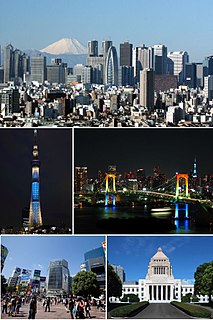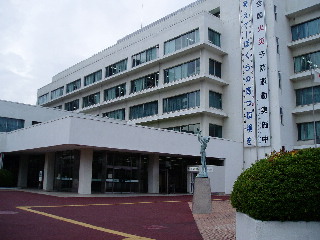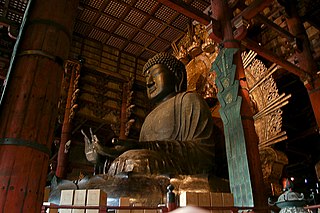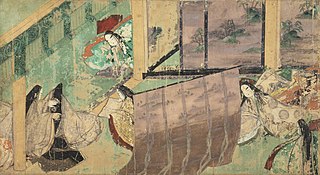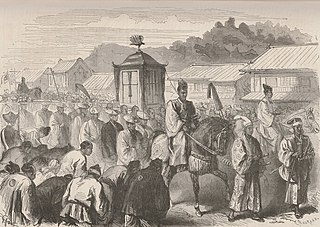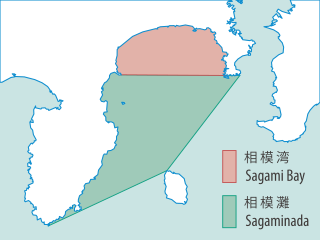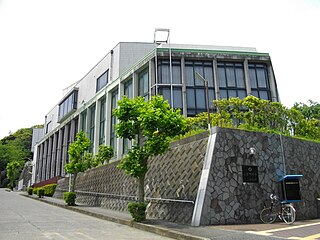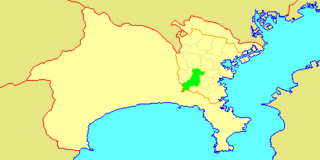| Hiratsuka 平塚市 | |||
|---|---|---|---|
| Special city | |||
 Hiratsuka City | |||
| |||
 Location of Hiratsuka in Kanagawa Prefecture | |||
| Coordinates: 35°19′N139°21′E / 35.317°N 139.350°E Coordinates: 35°19′N139°21′E / 35.317°N 139.350°E | |||
| Country | Japan | ||
| Region | Kantō | ||
| Prefecture | Kanagawa Prefecture | ||
| Government | |||
| • Mayor | Katsuhiro Ochiai (since May 2011) | ||
| Area | |||
| • Total | 67.88 km2 (26.21 sq mi) | ||
| Population (April 1, 2017) | |||
| • Total | 257,877 | ||
| • Density | 3,800/km2 (9,800/sq mi) | ||
| Time zone | UTC+9 (Japan Standard Time) | ||
| - Tree | Camphor Laurel | ||
| - Flower | Dianthus | ||
| - Bird | Egret | ||
| Phone number | 0463-23-1111 | ||
| Address | 9-1 Sengenchō, Hiratsuka-shi, Kanagawa-ken 254-8686 | ||
| Website | www.city.hiratsuka.kanagawa.jp | ||
Hiratsuka(平塚市Hiratsuka-shi) is a city located in Kanagawa Prefecture, Japan.

A city is a local administrative unit in Japan. Cities are ranked on the same level as towns and villages, with the difference that they are not a component of districts. Like other contemporary administrative units, they are defined by the Local Autonomy Law of 1947.

Kanagawa Prefecture is a prefecture located in Kantō region of Japan. The capital of the prefecture is Yokohama. Kanagawa is part of the Greater Tokyo Area. Kanagawa Prefecture is home to Kamakura and Hakone, two popular side trip destinations from Tokyo.

Japan is an island country in East Asia. Located in the Pacific Ocean, it lies off the eastern coast of the Asian continent and stretches from the Sea of Okhotsk in the north to the East China Sea and the Philippine Sea in the south.
Contents
- Geography
- Surrounding municipalities
- History
- Economy
- Transportation
- Railway
- Highway
- Tourist attractions
- Sister cities
- Notable people from Hiratsuka
- References
- External links
As of April 1, 2017, the city has an estimated population of 257,877, with 109,020 households, [1] and a population density of 3,800 persons per km². The total area is 67.88 km². [2]

In biology, a population is all the organisms of the same group or species, which live in a particular geographical area, and have the capability of interbreeding. The area of a sexual population is the area where inter-breeding is potentially possible between any pair within the area, and where the probability of interbreeding is greater than the probability of cross-breeding with individuals from other areas.

A household consists of one people who live in the same dwelling and share meals. It may also consist of a single family or another group of people. A dwelling is considered to contain multiple households if meals or living spaces are not shared. The household is the basic unit of analysis in many social, microeconomic and government models, and is important to economics and inheritance.
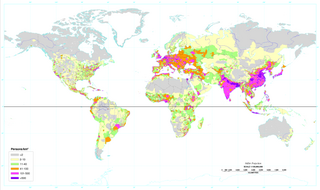
Population density is a measurement of population per unit area or unit volume; it is a quantity of type number density. It is frequently applied to living organisms, and most of the time to humans. It is a key geographical term. In simple terms population density refers to the number of people living in an area per kilometer square.




